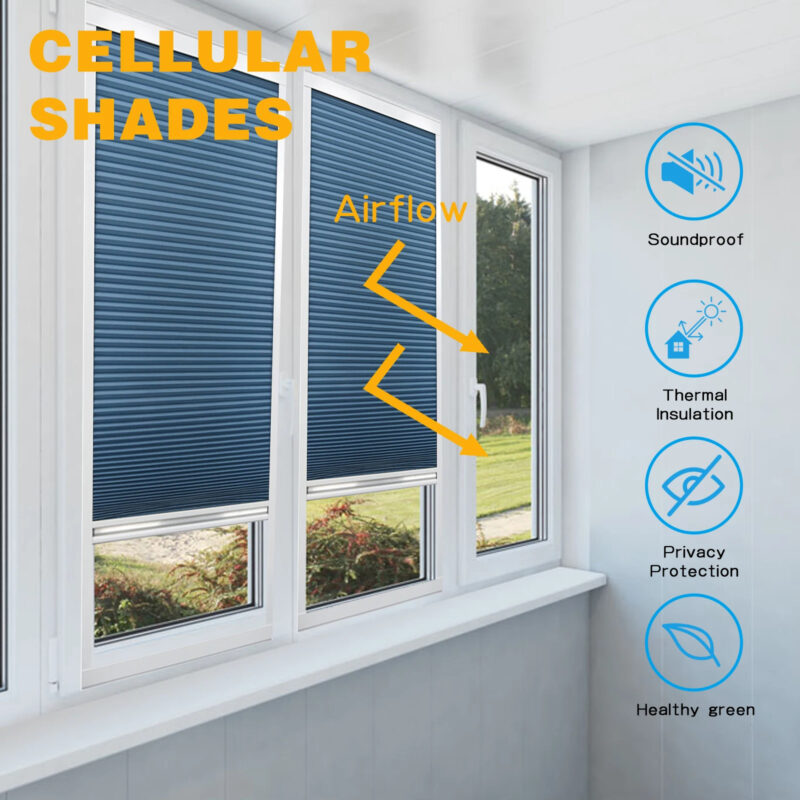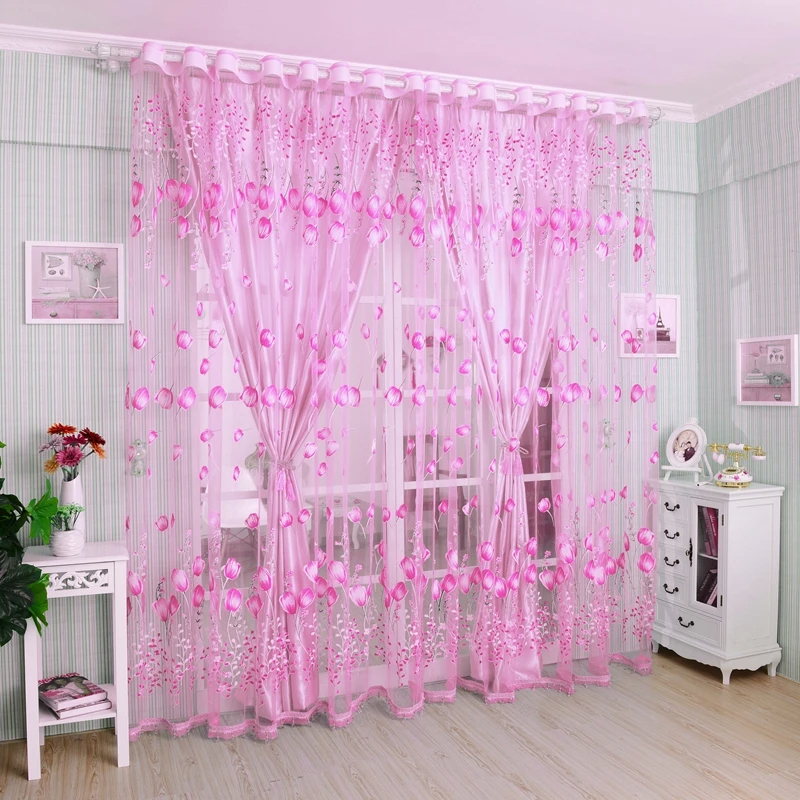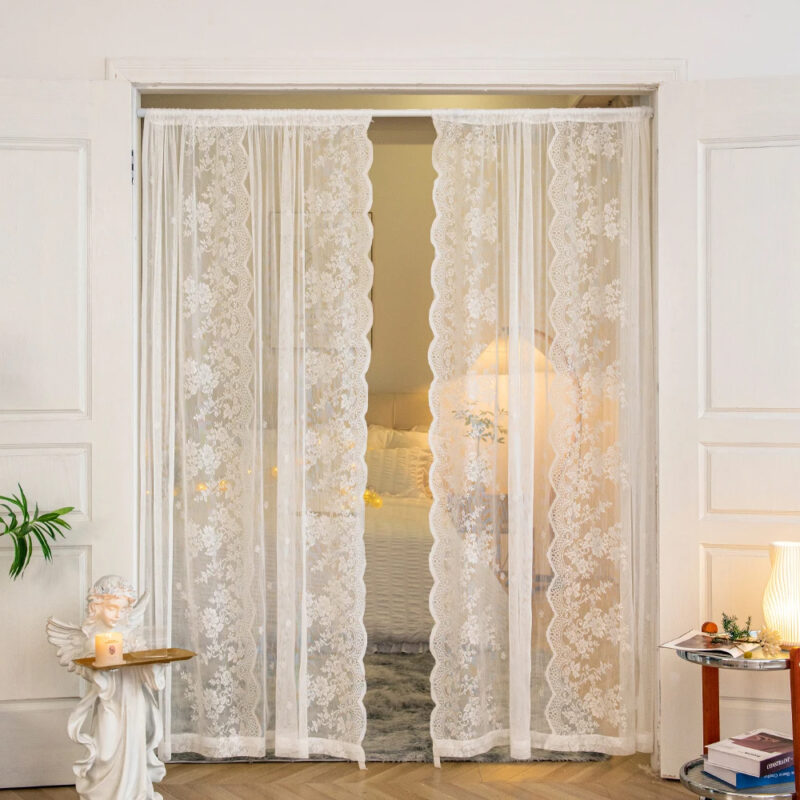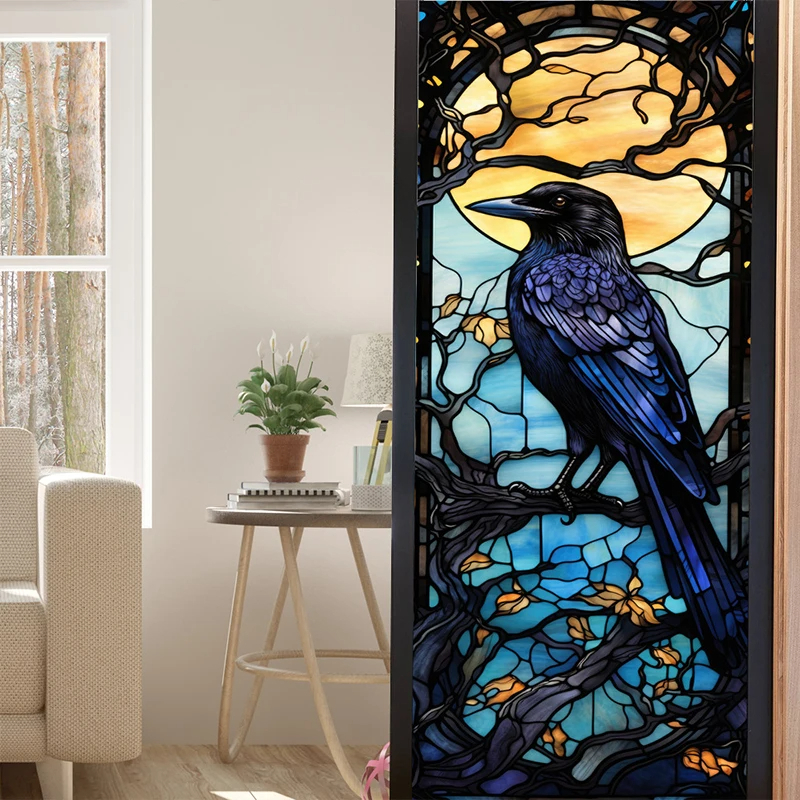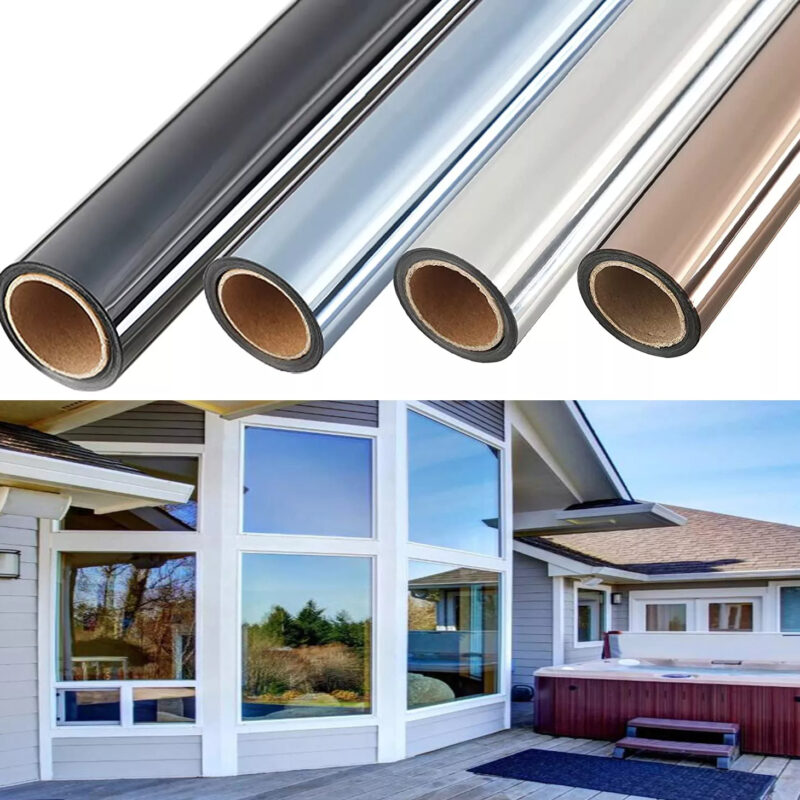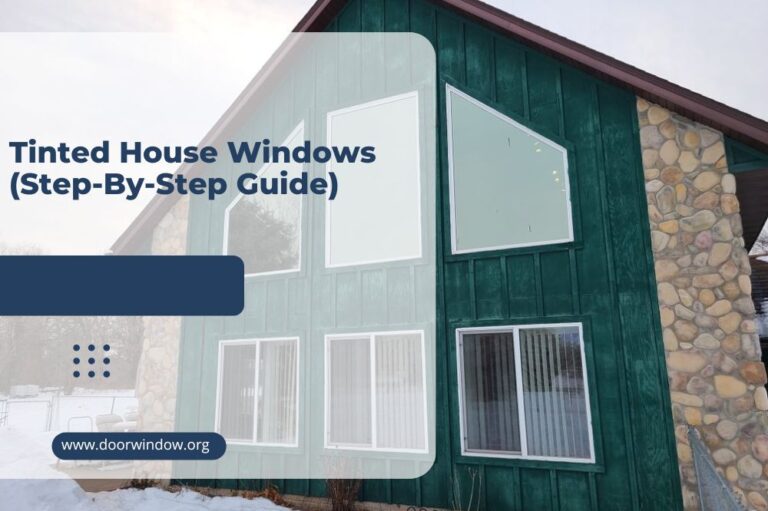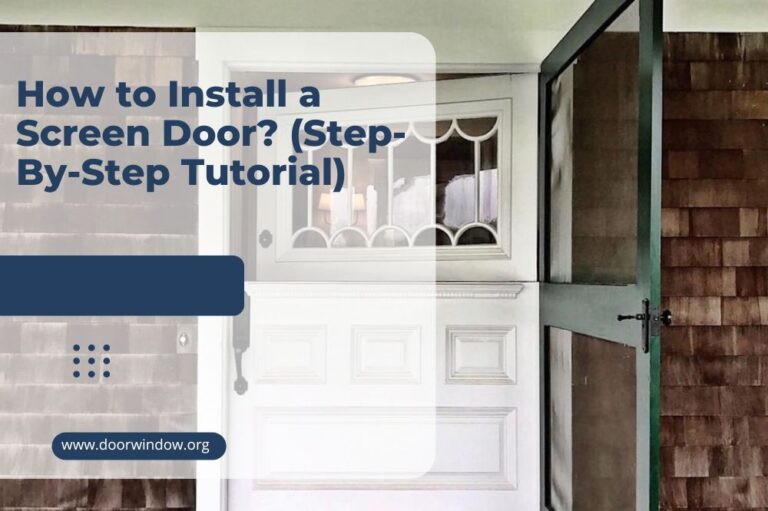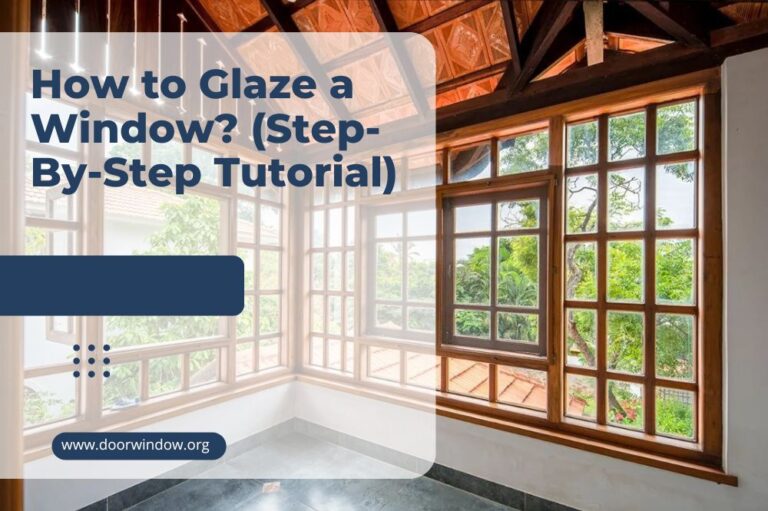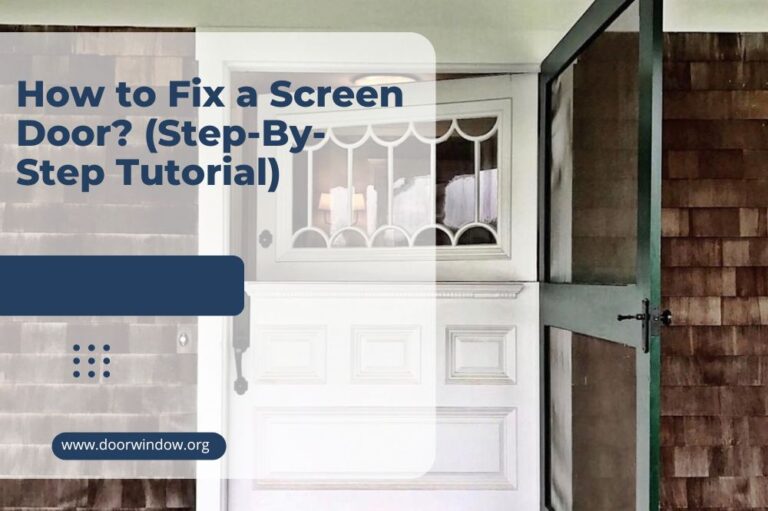What Direction Should Window Face For Sunlight? (An Ultimate Guide)
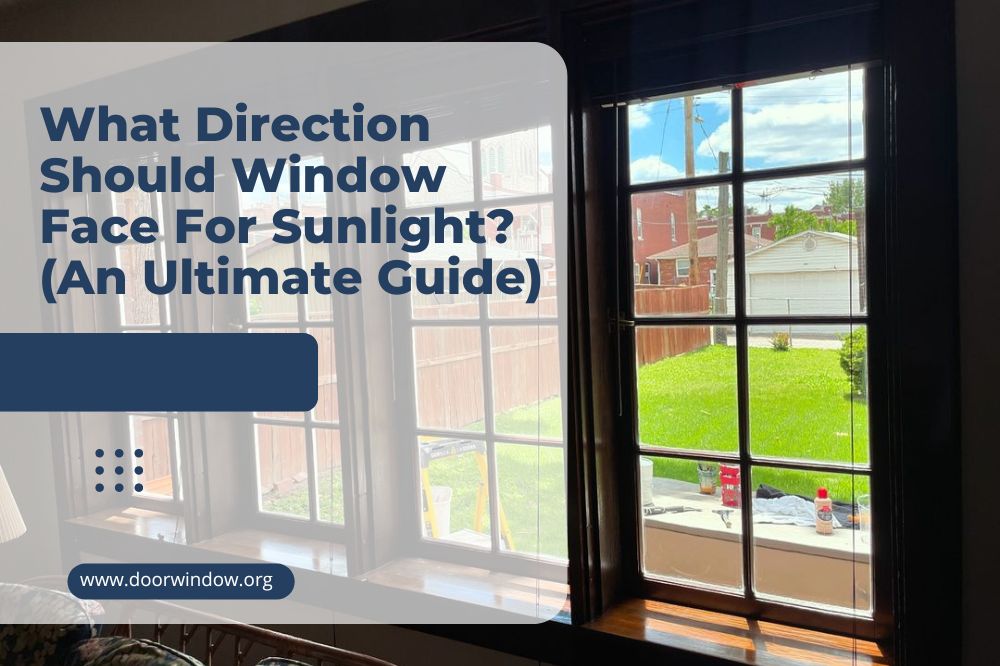
Did you know that the positioning of key home components is very important? From providing convenience to keeping up with a healthy lifestyle, there are several reasons why placements of different house essentials should be included as your top priority.
So, if you’re building your own house, make sure that you plan out everything, including your windows. In this article, you will have an idea of what direction should window face for sunlight. But before we start, let’s have a short elaboration on why windows are pivotal in every home.
Why Having Windows Inside your Home is Important?
Windows are a truly relevant component of a home. These are responsible for facilitating the admission of natural light and fresh breeze as well as in providing better ventilation into your house. A house that is well-ventilated is imperative to create a light, fresh, and cozy indoor atmosphere.
Aside from these crucial functions, windows give you the opportunity to have a glimpse of your community or neighborhood expanse. And of course, these bring aesthetic allure to your home’s exterior. With these remarkable attributes, it’s definitely a must to add windows to your place.
What is the best direction for the windows to get sunlight?
Most experts like architects and interior designers give utmost importance to the direction of the windows and even your house in general. Why? It’s because the window arrangement significantly impacts the ventilation, energy efficiency, and comfort of the people inside the home.
Thus, you shouldn’t disregard this rather vital aspect of your home. And when installing windows, there are several factors you need to consider, and one of the most pivotal elements is none other than natural sunlight.
So, where should your windows be placed to enjoy the vitamins brought to you by the sun’s rays? Actually, experts crafted the “rules of windows” to help you out with your problem. So, let’s begin with the general guidelines so you can pick the best direction for your windows:
- South-facing windows ― hottest, gets the most amount of light
- North-facing windows ― coolest, obtains the least amount of light
- West-facing windows ― moderate light in the morning
- East-facing windows ― moderate light in the afternoon
With this at hand, it gives you an idea of how to organize your windows’ location. To further understand the positioning, we will discuss each location in detail.
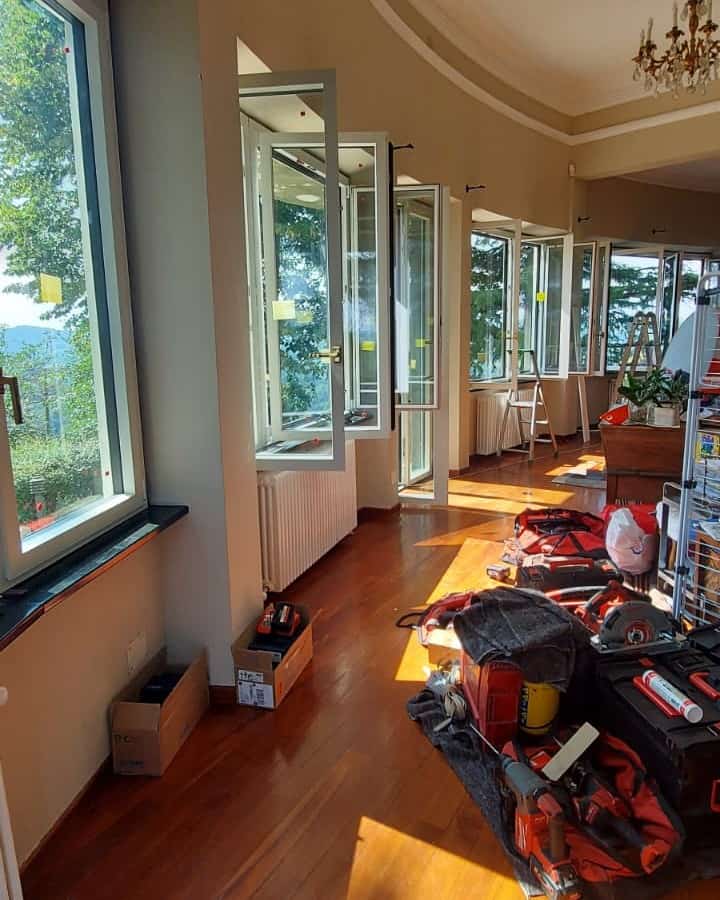
1. South-facing windows
Windows that overlook the south are the best choice when it comes to direct sunlight. Hence, if you prefer to maximize sun exposure inside your home, then don’t think twice and place your windows in the south section.
Allowing sunlight into your home is beneficial to your well-being. In fact, it acts as a natural disinfectant that restricts the accumulation of harmful organisms and bacteria to thrive and cause diseases.
Because of the abundance of sun rays that enters the south side, this is the most recommended area for some houseplants. When settled on a position with direct sun, your favorite succulents and other sun-loving plants will surely thank you! The sunny spot gives them the perfect opportunity to grow and bloom.
Since plants beautifully flourished when placed with direct light, this also means that humans can benefit from this too! Some of the most reputable rewards when placing the windows on the west side are getting vitamins B and D as well as improving your mood due to the production of serotonin in your body.
Although it’s the most suitable choice for people who love to bask under the early morning sun, you also need to consider other aspects. Too much exposure to the sun may not be healthy. It may even damage your skin and affect other parts of your bodily system.
Additionally, south-facing windows are highly affected by the varying seasons. Thus, it’s ideal to choose smaller windows to maximize the entry of light. You may also install curtains or blinds to seamlessly regulate the temperature and ventilation. Adding shades like trees and awnings is likewise suggested.
2. North-facing windows
A window-facing north, on the other hand, encompasses the complete opposite elements of the southern windows. Hence, this area receives the least sunlight, making it cooler compared to other areas in your home.
Accordingly, north-facing windows are highly recommended for locations that sit in the northern hemisphere region, which is often characterized by hot summers. So, during summers, having your windows on the north means receiving lesser sunlight and heat.
Because of this, you’d be able to limit the scorching heat of the sun from entering through your windows. And because of the placement of your windows, it can actually help in reducing your electricity bill, especially during summer days.
Meanwhile, to compensate for the lack of ventilation and light, it’s suggested that the northern area of your house takes up the largest windows. This way, the bigger window size takes in the needed warmth and light for your family.
However, you should still take note of the general weather in your country. For instance, locations with cold climates might not find this window placement ideal. It’s because the windows facing north may take up too much cold. Plus, there would be very limited heat and the light intensity is super low.
In this case, you need to make adjustments. Those living in colder regions should position their windows south instead to acquire extra warmth and light from the sun.
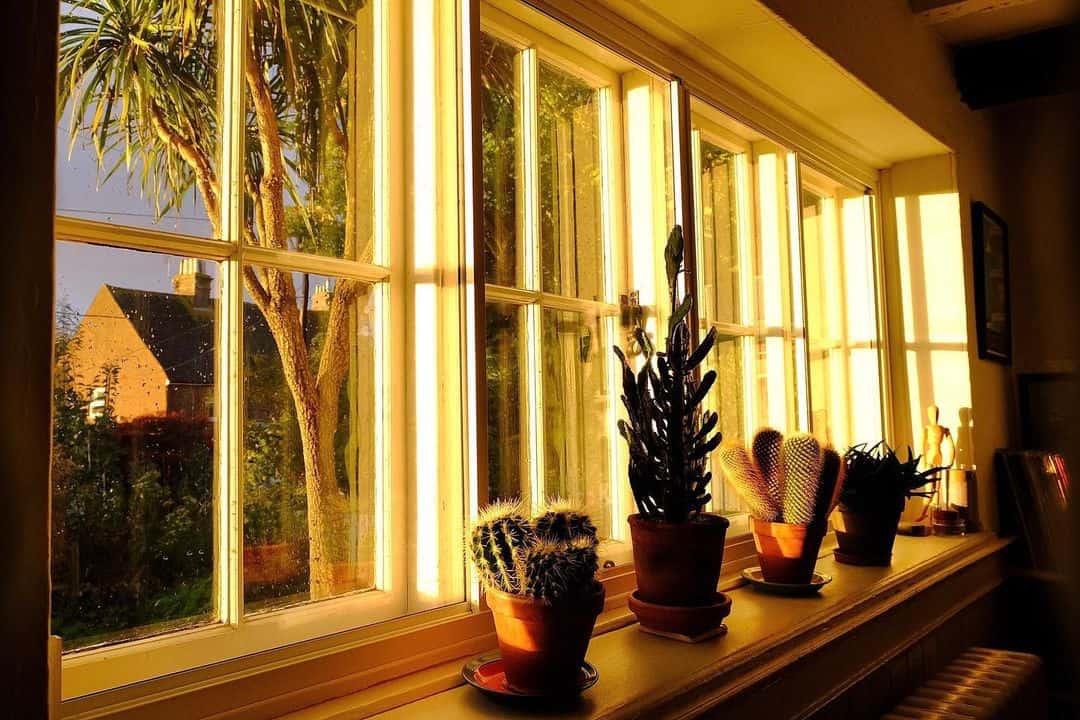
3. West-facing windows
Moving forward, west-facing windows are the most suitable option if you want moderate light, especially during the day. Setting up your windows on the west side of your house means getting just the right amount of warmth and light.
And since windows on the west section only get muted sunlight, you may opt to install large windows. Even with the expansive windows, you won’t have a problem with sunlight. Thus, it’s such a great option for late sleepers who don’t want to get disturbed by the sun’s rays.
In general, west-facing windows keep the home relatively dark with only minimal light in the morning. This indicates that your home doesn’t easily heat up in the early hours. Besides the warmth from the sun, the temperature during winter may just be as manageable as it can be because of the location.
The downside when placing your windows on the west is that your home can be a bit dark because only limited light can enter. Moreover, this arrangement may not be as energy efficient compared to the first two options. With the restricted warmth and coolness, you certainly need to maximize your HVAC system.
As a result, you may be paying more for your electricity bill. In this case, you need to look for other options to save energy like turning off lights when not needed, unplugging unused appliances, or switching to energy-efficient bulbs. Certainly, there are lots of ways to reduce your home’s energy use.
4. East-facing windows
Lastly, we have the east-facing windows, which are highly reliant on the season. The amount of light and coolness that enters your home varies every period. Often than not, you get good sun exposure in the morning while afternoons can be pretty dim with moderate sunlight.
Because of these features, installing your windows on the east isn’t also very efficient in terms of energy. You need to capitalize on your heater or air conditioning unit to provide warmth and cool to your house. As a result, this increases the cost of your electricity.
On the bright side, this particular position is somehow the best choice if you want a little bit of everything, from sunlight to coolness. It offers the best of both worlds, depending on the time of the day and the season you are in.
East-facing windows are perfect for early risers who want to make the most of the healthy sunlight. Getting sunlight from 7 AM to 9 AM is beneficial to generate Vitamin D. So if you’re the type of person who loves to wake up early, this is a commendable choice.
Another nice aspect of east-facing windows is that you can pick whatever window material you want. The changing temperature does not limit your choice of window design compared to the previous directions. And, this location also means that you get enough warmth during summer and enough cold during winter.
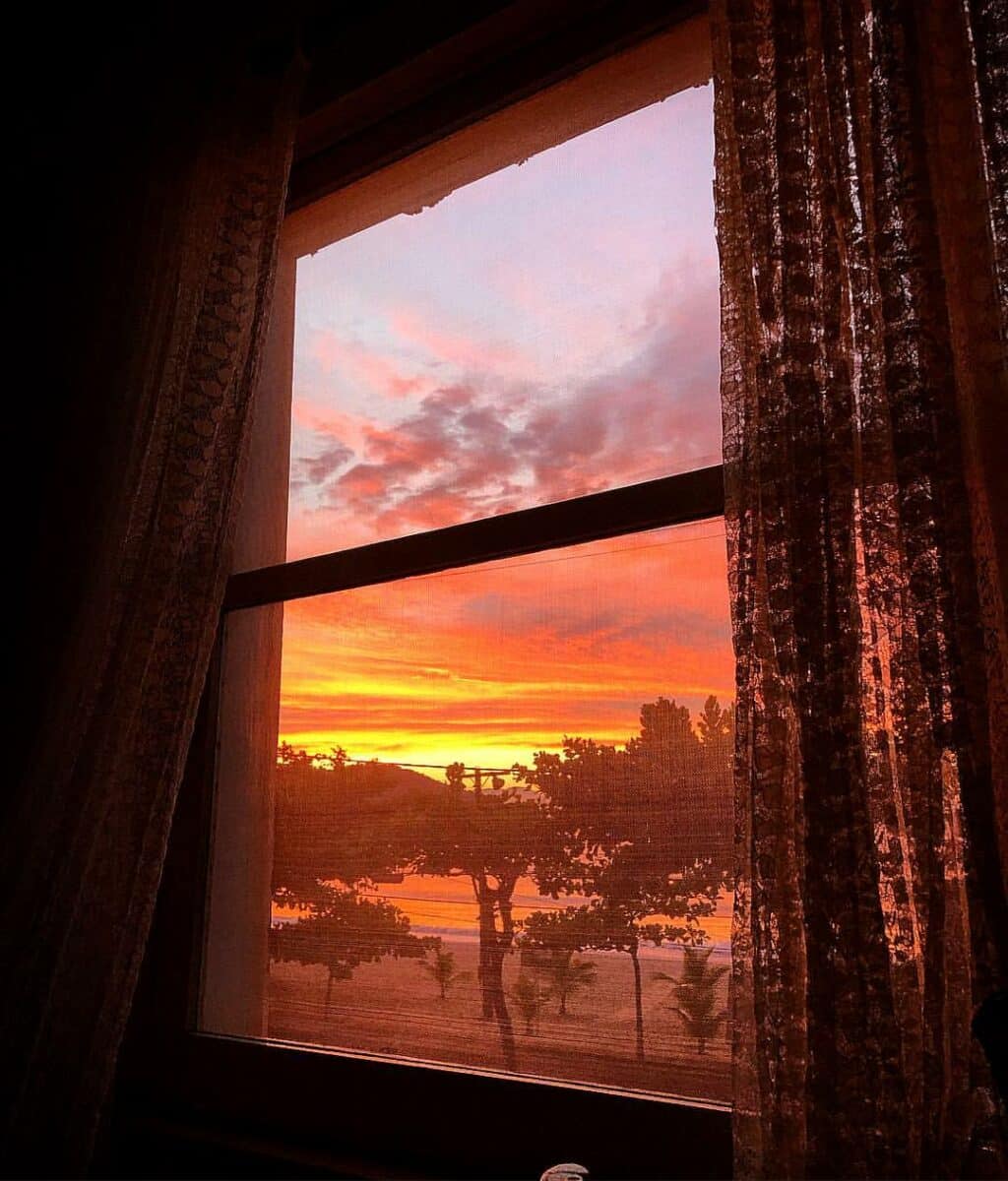
What are other things to consider when choosing the placement of your windows?
Aside from the location of your home, there are other things to take into consideration before you choose where to install the windows. As mentioned earlier, the climate also contributes to your decision-making. Thus, you should consider the intensity of the weather, especially during summer and winter.
In addition to that, you need to account for the elements that block the light from getting through your windows. These include buildings, trees, and other objects in front of your home. Hence, you should be able to make modifications to improve the light and ventilation in your house.
Conclusion
So, whether you’re checking out a new rental apartment or eyeing to build a new home, make sure that you take into consideration the structure orientation as well as the landscaping of the place. And of course, the placement of your windows is crucial.


